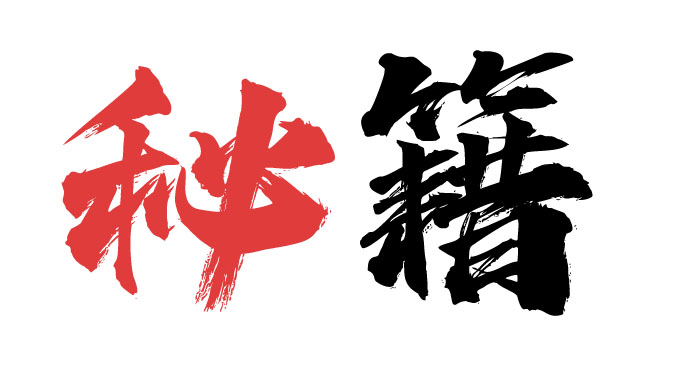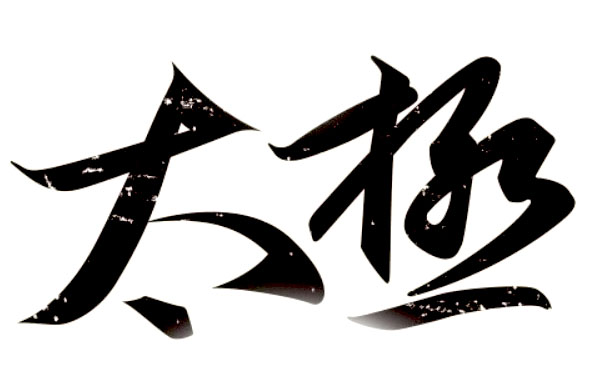Mr. Li Qiguang’s Notes on Martial Arts Practice Insights
Practicing boxing emphasizes specialization; through specialization comes mastery, and with mastery comes profound insights and endless discoveries. Consistent practice is crucial; seize every moment to practice. Practicing boxing requires concentration; with concentration comes calmness, and from calmness comes vitality. Not only should one remain calm in stillness, but also maintain calmness in motion. Achieving a calm mind is essential; a calm mind leads to a clear spirit, and a clear spirit leads to harmonious energy. The initial focus should be on relaxation and calmness; relaxation brings agility, which allows for smooth circulation of blood and qi; calmness leads to focus, which is essential for delivering powerful strikes. Therefore, relaxation and calmness are key to practicing boxing. The essence of martial arts is nothing but concentrated effort. When learning boxing, one must not be clever or hasty, as this leads to carelessness and superficial understanding, missing the essence. Constant reflection and examination are necessary; where the mind goes, energy follows, and with energy comes strength. Boxing techniques, ultimately, depend on mental agility.



